Brain Stroke: 9 Early Signs You Should Never Ignore!
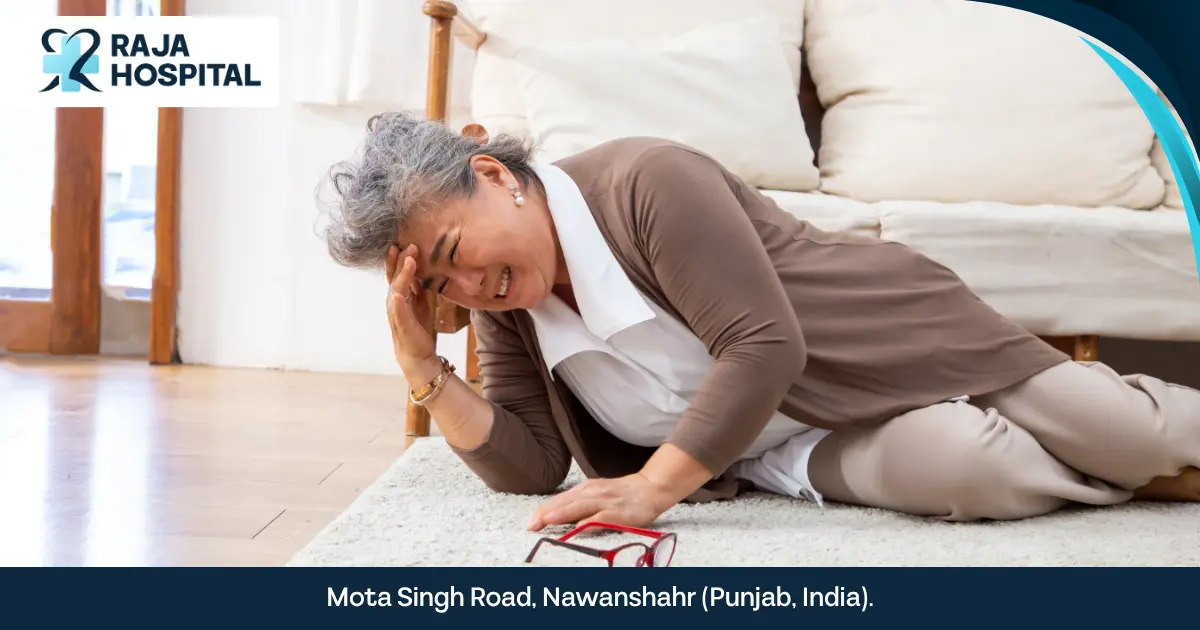
REVIEWED BY Dr. Ankit Amar Gupta (MBBS MCh NIMHANS) on 11 October 2025.
What if your brain gave you a warning and you didn’t even notice? That’s exactly what happens in most stroke cases. The signs start subtly. A drooping smile. A strange numbness. A sudden confusion in speech. But most people brush it off. “Maybe I’m just tired…” they say.
Big mistake. A brain stroke isn’t just a medical emergency. It’s a race against time. Every minute, millions of brain cells die. The longer you wait, the higher the chances of permanent damage or worse.
In this guide, I’ll show you 9 early signs of a brain stroke that you should never ignore. We’ll break it down in simple terms, no confusing medical talk. You’ll also learn what to do in that critical moment when every second counts. Because recognizing these signs early could be the difference between recovery and regret.
What Is a Brain Stroke?
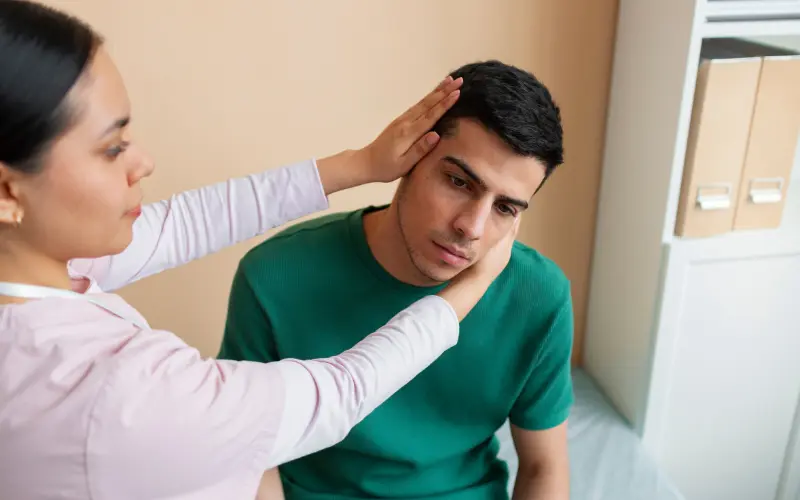
A brain stroke is a serious medical emergency. It happens when the blood supply to a part of the brain is cut off, either by a blockage or a burst blood vessel. Without enough oxygen, brain cells begin to die within minutes. This can lead to long-term damage or even death.
Many people think strokes only happen to the elderly. But they can affect anyone, even younger adults, especially those with health risks or unhealthy habits.
Let’s break it down further.
Stroke vs Brain Attack: What’s the Difference?
The term “brain attack” is simply another way to describe a stroke. It highlights how urgent and dangerous a stroke really is, just like a heart attack.
In a heart attack, blood flow to the heart is blocked. In a brain stroke, blood flow to the brain is blocked or disrupted. Both situations need immediate medical attention to prevent serious damage. The name might be different, but the emergency is equally real.
What Causes a Brain Stroke and Who’s at Risk?
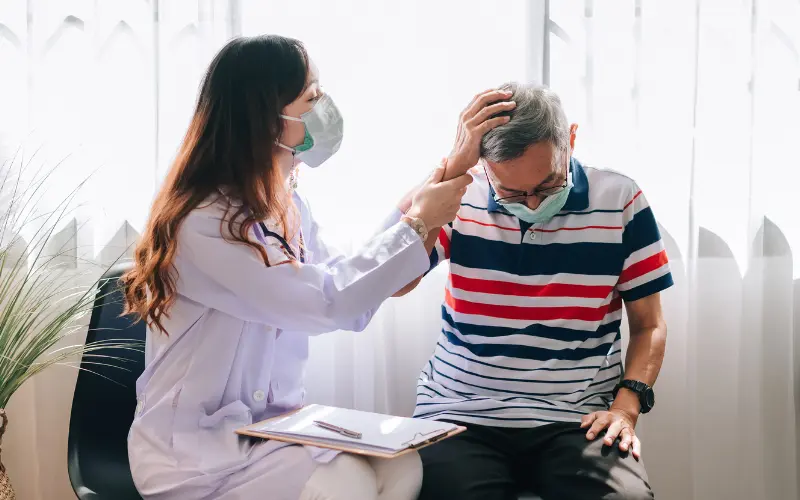
There are two main types of strokes:
- Ischemic stroke caused by a blood clot or blockage (this is the most common type)
- Hemorrhagic stroke caused by a blood vessel bursting
You might be at risk of a stroke if you have:
- High blood pressure
- Diabetes
- High cholesterol
- Heart problems like irregular heartbeat (atrial fibrillation)
- Smoking or drinking habits
- Obesity or lack of physical activity
- A family history of stroke
Even stress and poor sleep over a long time can increase the risk.
Knowing these causes and risk factors can help you or someone you love stay alert and act fast when symptoms appear.
Early Symptoms of a Stroke
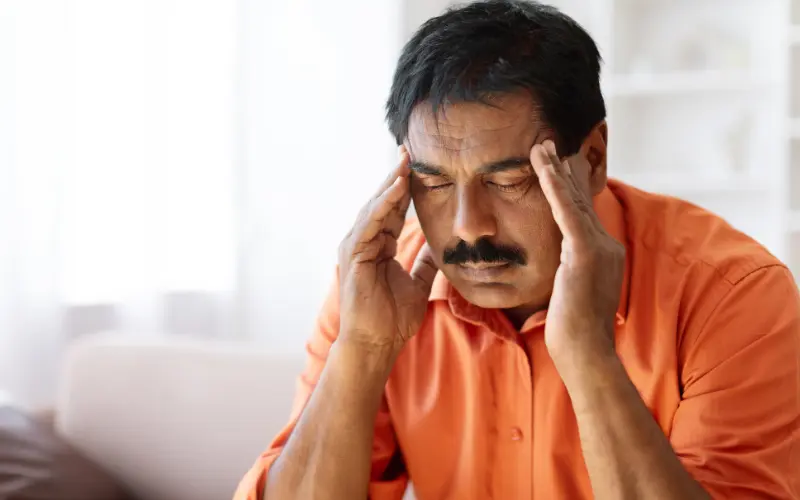
When it comes to strokes, timing is everything. The faster you recognize the symptoms, the better the chances of recovery. Many people ignore or misread the early signs, which can delay life-saving treatment. Let’s look at the most common and important symptoms to watch for.
FAST: The Simple Test to Spot a Stroke
Doctors use the word FAST to help people remember the main warning signs of a stroke:
- F – Face Drooping: One side of the face may feel numb or look uneven when the person smiles.
- A – Arm Weakness: One arm might feel weak or drift downward when both arms are raised.
- S – Speech Difficulty: Speech might sound slurred, slow, or strange. The person may not understand what you’re saying.
- T – Time to Call Help: If you see any of these signs, even if they go away, call emergency services immediately. Every minute counts.
Other Warning Signs You Might Miss
Not all strokes start with dramatic symptoms. Here are some early signs people often ignore:
- Sudden trouble seeing in one or both eyes
- Dizziness or loss of balance
- Severe headache with no known cause
- Sudden confusion or trouble understanding
- Numbness or weakness in the leg, especially on one side of the body
These signs can come on suddenly and may not seem serious at first. But they are red flags that something is wrong in the brain.
Do Men and Women Have Different Symptoms?
Yes, sometimes they do. Women may also experience:
- Sudden nausea or vomiting
- Shortness of breath
- Hiccups
- Chest pain
- Seizures
- Unexplained fatigue or weakness
Because these symptoms can be mistaken for other problems, women are sometimes slower to get help. Knowing that strokes can look different in women is an important part of early detection.
Different Types of Stroke
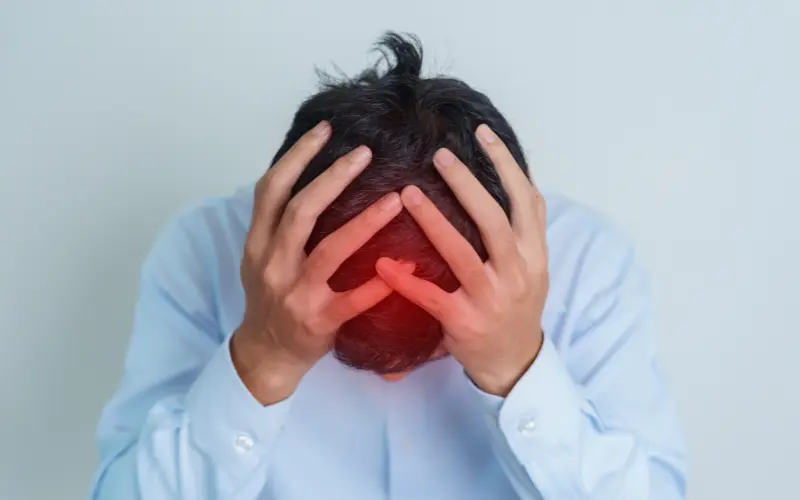
Strokes don’t always happen the same way. Knowing the type of stroke someone is having can make a big difference in how it’s treated and how serious it is. Let’s take a quick look at the main types.
Ischemic Stroke
This is the most common kind of stroke. It’s caused when a blood clot or blockage cuts off blood flow to part of the brain.
- Happens in about 8 out of 10 strokes
- Caused by narrowed or blocked blood vessels
- Often linked to high blood pressure, high cholesterol, or heart issues
- Treated with blood-thinning medicines if caught early
Hemorrhagic Stroke
This happens when a blood vessel in the brain bursts and causes bleeding, putting pressure on the brain.
- Less common, but usually more severe
- Caused by very high blood pressure, injury, or weak blood vessels
- Can lead to sudden and serious symptoms
- Often needs surgery or emergency treatment
Mini-Stroke (TIA)
A TIA, or transient ischemic attack, is like a short stroke. Symptoms appear but go away within minutes or hours.
- Temporary blockage of blood flow
- Symptoms are similar to a stroke, but don’t last
- A major warning sign for future strokes
- Should be treated seriously, even if symptoms disappear
What to Do If Someone Is Having a Stroke
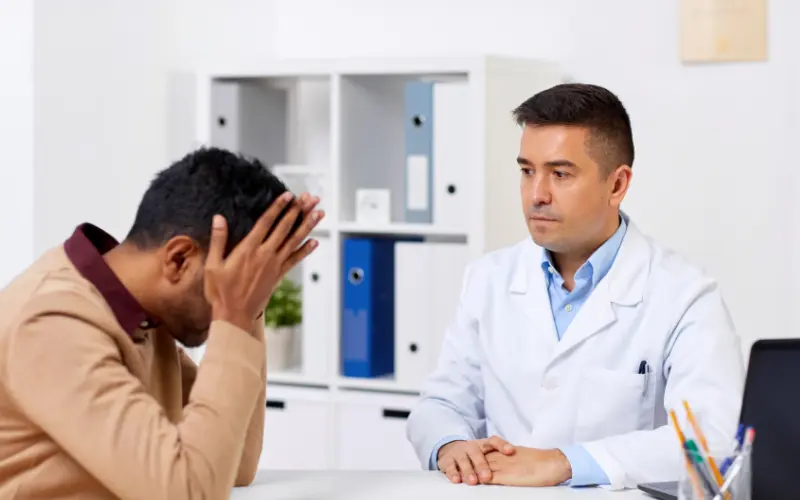
When a stroke strikes, every second matters. The faster you act, the better the chance of preventing serious brain damage or even saving a life. Here’s exactly what you should do and what to avoid.
Immediate Steps to Take
If you think someone is having a stroke, don’t wait. Take action right away.
Here’s what you should do:
- Stay calm and call emergency services immediately
- Use the FAST checklist to check for stroke symptoms
- Keep the person safe and comfortable
- Note the time symptoms started (this helps doctors decide on treatment)
- Don’t give them food, drink, or medicine unless told by a medical professional
What Not to Do
Even with good intentions, some actions can actually make things worse.
Avoid doing the following:
- Don’t let the person fall asleep or “rest it off”
- Don’t give them aspirin unless a doctor confirms it’s safe
- Don’t drive them to the hospital yourself if emergency services are available
- Don’t ignore “mini” stroke symptoms, they can lead to a major one soon after
When to Call Raja Hospital
If you’re in or near the service area of Raja Hospital, contact them immediately for help with any stroke symptoms. Their emergency response and neurology team are trained to handle such cases quickly and effectively.
Reach out to Raja Hospital if:
- Someone shows signs of a stroke
- You had a TIA or mild symptoms that went away
- You want to book a preventive checkup or stroke risk evaluation
How to Lower the Risk of Stroke
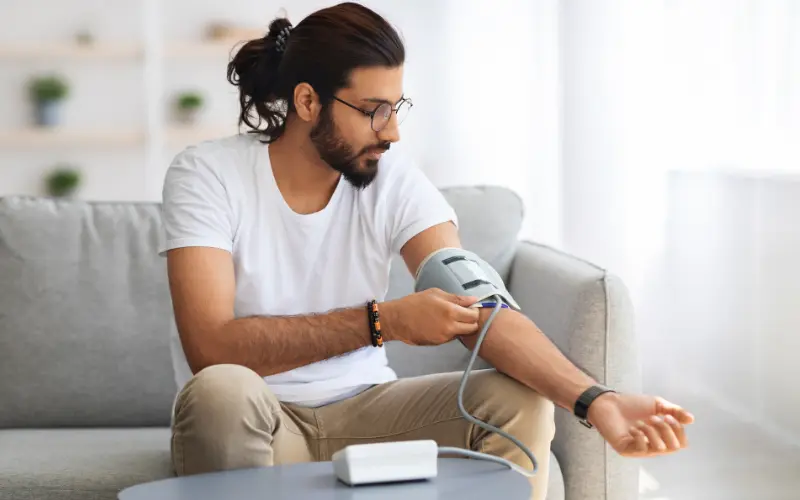
While you can’t control everything, the good news is that many strokes can be prevented by making smart lifestyle choices and keeping an eye on your health. Small daily changes can make a big difference in protecting your brain.
Habits That Help Protect Your Brain
Simple habits can reduce your stroke risk more than you might think.
Here’s what actually works:
- Keep your blood pressure in check with regular monitoring
- Eat a balanced diet with less salt, sugar, and processed food
- Exercise regularly, even light walking counts
- Quit smoking and limit alcohol use
- Manage stress through meditation, yoga, or breathing exercises
- Get quality sleep every night
Why Regular Health Checkups Matter
A lot of stroke risk factors are silent. You may not feel anything wrong until it’s too late. That’s why routine checkups are so important.
Make sure you:
- Monitor blood pressure, cholesterol, and blood sugar levels
- Talk to your doctor if you have an irregular heartbeat or dizziness
- Ask about stroke screenings if you have a family history
- Follow up after any TIA or mild symptoms, even if they go away
Taking care of your health now can prevent a crisis later. Prevention isn’t just smart, it’s powerful.
Frequently Asked Questions
1. What is the first sign of a brain stroke?
The first sign is often sudden weakness or numbness in the face, arm, or leg, usually on one side of the body. Slurred speech or confusion can also appear early.
2. Can a stroke happen without warning?
Yes, strokes can happen suddenly without any clear warning. That’s why knowing the signs and acting fast is so important.
3. How long do stroke symptoms last?
It depends on the type. In a mini-stroke (TIA), symptoms may last a few minutes or hours. In a full stroke, they can last much longer and may lead to permanent damage without quick treatment.
4. What’s the difference between a mini-stroke and a stroke?
A mini-stroke, or TIA, is a brief blockage of blood flow that clears up on its own. A full stroke causes longer-lasting damage. But both are medical emergencies and need follow-up care.
5. Can stroke symptoms go away on their own?
Yes, but that doesn’t mean it’s safe to ignore them. Even if the symptoms disappear, they could be a warning sign of a major stroke coming soon. Always see a doctor right away.
Struggling with same?
Book Your Appointment With Our Expert Doctors

Conclusion
A stroke can happen suddenly, but that doesn’t mean you’re helpless. The signs might be small at first, like a slurred word, a weak arm, or a drooping smile. But the impact can be serious and even life-threatening.
Now you know what a stroke is, what signs to look for, and what actions to take. Quick thinking and fast action can make all the difference. Even small changes in your daily habits can lower your risk and protect your brain.
It’s always better to be safe than sorry. If you or someone around you is facing a medical emergency, has had a recent warning sign, or wants to check their risk, the expert team at Raja Hospital is ready to help. Get in touch with Raja Hospital’s Neurology Department today. Take charge of your health before it’s too late.
